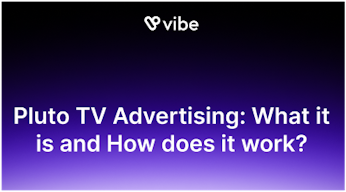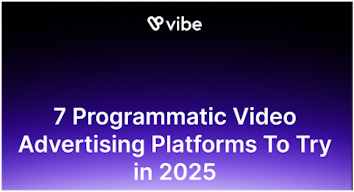What Do Gen Z Shoppers Want to Hear From Retailers
Gen Z makes up over 40% of American consumers, with a global buying power topping $360 Billion, so while this generation may have been too young to focus on just a few short years ago, those days are long gone. Gen Z warrants all the more marketing attention because of their idiosyncratic, digital-native buying behaviors and lifestyles. Here’s what will get your Gen Z audience’s ears to perk up.
Authentic Messaging
Ratings: Gen Z shoppers choose products based on honest, user-generated reviews. Reading authentic feedback from buyers heavily influences their decision to buy. In addition to evaluating positive and negative reviews, Gen Z consumers look for a retailer’s response to comments, and pay special attention to brands’ ability to take critique in stride and respond meaningfully.
Real-Customer Ads: Professional models and skilled actors don’t influence Gen Z shoppers. Instead, they prefer to see real people in ads and commercials. These advertisements are valued for their authenticity and accurate fit, quality, and style display.
Dynamic Communication: Gen Z is a “plugged-in” consumer group. They spend over 5 hours daily on social media and other online platforms. As a result, Gen Z expects immediate, transparent, and relevant communication from retailers. Make sure the platforms you are advertising with are agile enough to support that demand.
Storytelling: Gen Z shoppers consume more video media than any other generation, and are especially sensitive to compelling brand storytelling, which is why brands across industries, from Prada to Ford to non-profit organizations are investing in short films with high production value and striking visuals.
Socially Responsible Practices
Eco-Conscious: More than any other generation, Gen Z is profoundly eco-conscious and willing to pay more for socially responsible goods. Retailers that use sustainable materials and production practices are more attractive to this generation of shoppers, especially if that commitment is apparent throughout all aspects of the business.
Doing Good For Others: Gen Z shops with businesses that care about their community and social issues. They expect retailers to contribute profits to worthy causes and share how their purchase benefits more than just the company’s bottom line. It is crucial for brands to develop strong storytelling assets around their community initiatives to really bring the message home.
Flexible Buying Options
Buy Now, Pay Later: Items rotate in and out of style for Gen Z. As a result, they want to buy items quickly and can shop impulsively. Retailers that offer flexible payment options are attractive to Gen Z because it makes products more accessible. Allowing shoppers to use split payment and interest-free buying services increases conversion rates for retailers.
Omnichannel Shopping: Gen Z shops online, through social media, and in-store. They like the option to buy immediately from their favorite social platform just as much as they visit brick and mortar to view items in person. As a result, retailers need to create a dynamic shopping experience that can follow this audience across devices and channels.
Personalization
Direct Response Messaging: Generic emails and SMS campaigns on their own won’t attract Gen Z shoppers, who are already receiving endless political donations messages every day. Retailers can increase response rates and conversions by personalizing ads. For example, emails that address the recipient by name or referencing past brand interactions are more effective than ones that start with generic sales messaging.
Create Custom Merch: Gen Z consumers enjoy customizing products - vitamins, apparel, travel experiences, tech products, you name it! As much as trends influence their shopping behavior, individualizing products is important to them. Retailers that offer the option to add a name, phrase, or unique color scheme are appealing to Gen Z.
In-Person Customer Service: Gen Z is online all the time and communicates through a variety of channels. They expect the same flexibility and accessibility from retailers. Automatic responses and bot chats should be replaced with genuine customer service that is authentic and relatable.
Hyper Targeting: While the youngest generation might have a reputation for their shortening attention span, careful media consumption studies reveal that they are, in fact, simply impatient when content does not feel relevant to them. 64% of them report being willing to watch twice as many ads if they are clearly aimed at them. Make sure to work with platforms that allow for various forms of audience segmentation to optimize ROI!


